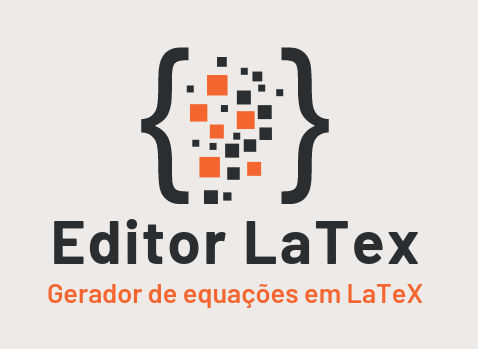Study of Special Relativity with graphical computer simulation
Péricles Antônio da Silva
ORCID | Lattes | E-mail
Samuel Bueno Soltau
ORCID | Lattes | E-mail
Resumo: Ao contrário dos fenômenos clássicos, os fenômenos relativísticos desafiam a compreensão devido a falta de analogias com situações do cotidiano. Neste contexto, desenvolvemos um código computacional para calcular as equações da relatividade especial e exibí-los por meio de representações gráficas a fim de mostrar efeitos como dilatação temporal, contração de Lorentz, variação da massa, da energia e do momento. Os resultados obtidos são apresentados como gráficos interativos usando uma interface visual utilizando bibliotecas Python. A aplicação implementada apresenta de forma clara e objetiva os efeitos relativísticos estudados permitindo uma compreensão mais intuitiva destes fenômenos . O software se oferece como uma ferramenta eficaz para estudar e compreender os efeitos relativísticos. Através da interface gráfica com o usuário, torna-se possível observar de forma visual e interativa os resultados dos cálculos facilitando a compreensão de fenômenos relativísticos que de outra forma seriam de difícil visualização. Além disso, este trabalho destaca a importância do emprego de ferramentas computacionais na compreensão de conceitos abstratos da física teórica reafirmando as expectativas dessa abordagem.
Palavras-chave: Relatividade Especial; Física Computacional; Soluções numéricas
Abstract: Unlike classical phenomena, relativistic phenomena challenge our understanding due to the lack of analogies with everyday situations. In this study, we have developed a computational code to calculate the equations of special relativity and visualize them through graphical representations in order to show effects such as time dilation, Lorentz contraction, variation of mass, energy and momentum. The obtained results are presented as interactive graphs using a visual interface implemented with Python libraries. The implemented application clearly and objectively presents the studied relativistic effects, allowing for a more intuitive understanding of these phenomena. The software offers an effective tool for studying and understanding relativistic effects. Through the graphic human-computer interface, it becomes possible to visually and interactively observe the results of the calculations, facilitating the understanding of relativistic phenomena that would otherwise be difficult to visualize. Moreover, this work highlights the importance of employing computational tools in understanding abstract concepts of theoretical physics, reaffirming the expectations of this approach.
Keywords: Special Relativity; Computational Physics; Numerical Solutions



Siga-nos